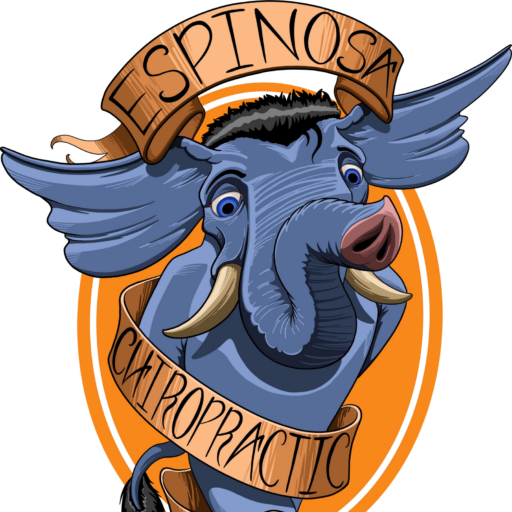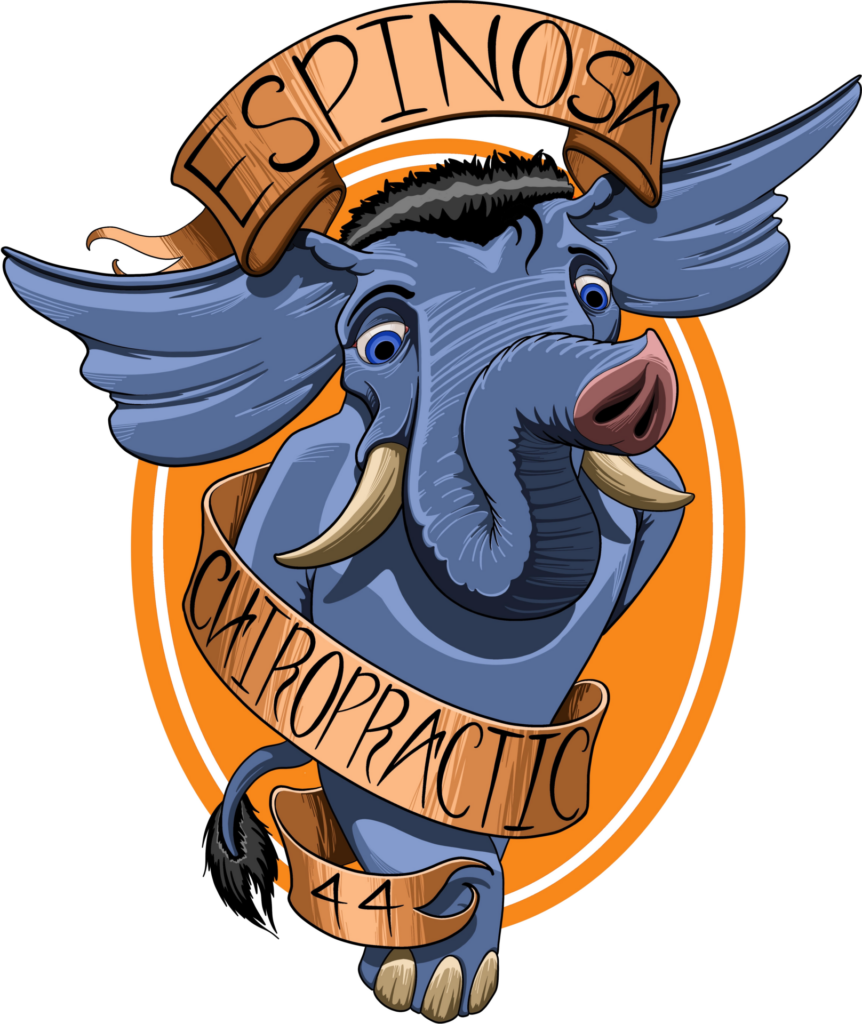Blog
2018 Health Priorities: Get the Sleep you Deserve

2018 is the year we start fighting back against sleeplessness
Finding your eight hours of sleep of has never been fraught with so many obstacles. From the seemingly omnipresent intrusion of notifications, the indifferent glow of different-sized screens, the technology age has added a heavier weight to the scale opposing your sleep health. Some studies estimate that as much as one-fifth of our population, between 50 and 70 million people, suffers from some form of sleep disorder. Sleep is an essential component of life– it’s time we start making the effort to prioritize our sleep health.
Staying on the Road to Athletic Greatness with Chiropractic

Boosting athletic performance with chiropractic care
In sports it´s often said that, ¨the game doesn´t get any easier, you just get better.¨ You learn the intricacies of the game and you specialize your body and mind in an attempt to gain a competitive advantage. At our office in Sacramento, we help athletes derive an athletic advantage by ensuring that your body, and thus your performance, is fine-tuned. Chiropractic benefits:
- Optimal nerve function
- Resilience to injury
- Full range of motion in the spinal joints
- Better circulation
- Faster recovery times between exercise
The use of chiropractic is on the rise throughout the professional sport world, and chiropractic will be well represented at the 2018 Olympic Games.
The Western Diet Offers a Roadmap to Inflammation

Some studies suggest that up to 60% of foods consumed in the United States are processed
Highly-processed foods double down on the detriment to your health: not only are they devoid of essential vitamins and nutrients, but they are also toxic and harmful to the functioning of our cells. Rather than helping our cells repair, rebuild and prosper, they hamper our body’s ability to fight disease and chronic pain. Highly processed foods have been shown to directly increase the level of C-reactive protein, an inflammatory marker that is produced by the liver in higher quantities in response to inflammation. So what are we doing playing around with this Western diet of ours? The short term pleasure of sweets consumed is winning out over the longer term consideration of our health and well-being.
Portion Control: Christmas Dinner Edition

During Christmas dinner, self control often flies out the window
The table is set and your eyes are agog; every single dish looks enticing. And hey, it’s Christmas, why not indulge yourself this one night out of the year? Talk about a dangerous scenario for weight-watchers, albeit a very common one. Holiday recipes make it very difficult to stick to your normal, healthy eating routine. Read on to find our tips for controlling yourself at Christmas dinner.
An Anti-Inflammatory Christmas Feast

Christmas is full of dietary pitfalls
While watching weight will be a primary priority for most people, back pain sufferers should pay attention to the amount of inflammatory agents they consume. Many christmas recipes are chalk full of inflammatory ingredients; sugar and saturated fats are among the worse culprits. We don’t want you to skip out on your favorite meals, but a dash of awareness goes a long way when it comes to managing your back pain this holiday season.
Staying on Track this Holiday Season: Adjusting Fitness Expectations

It’s inevitable that we work out less during the holiday season.
Our schedule is simply too full with social engagements, marathon cooking and baking sessions, and last-minute gift shopping to even think about exercise. With such a happy maelstrom, it can be easy to drop your exercise routine completely; unfortunately, few of us can afford to put our fitness on hold for a month as we stuff ourselves full of the excesses of Christmas dinners and New Years Eve parties. Here are some ideas for indulging in holiday cheer without sacrificing your 2017 health gains.
A Holiday of Health: Treating Your Body Right with Chiropractic

The holiday season is a time of renewal for your muscles
Many of us will be sitting at home around Christmas time, watching our kids running around the tree and wondering, “how did I become so stiff?” The answer to that question is complex, and it takes into account every action (and inaction) that you’ve taken up to this point in your life. But the important thing to remember is that no matter how stiff you are, it’s never too late to start making improvements. Your muscles have been working hard all year long- the holiday season is a time to thank them and take stock of how you can help them out.
Helping Humans Maximize Their Innate Mobility

How mobile are you?
You are made of joints and your joints were made to move! Unless you’ve been living under a rock, you’ve heard that being sedentary isn’t good for humans. It takes us out of our natural element- movement helps all of our major systems function better. In this respect, range of motion is the measure of the movement a particular joint can perform. As we grow older, we become less flexible; this is the first step toward losing range of motion. Unless we take steps to maintain our flexibility through stretching and strengthening, we are setting a course for stiffness and disability in old age. So how does chiropractic help us maintain range of motion?
The Buck Stops Here: Chiropractic for Chronic Pain

Non-specific chronic back pain: what gives?
Your pain has been nearly constant for three months and you keep telling yourself it will go away soon. You have been doing everything the doctor told you: eating well, stretching and exercising; you haven’t been sitting too much. But still the pain lingers, and at the six-month mark you start to wonder if it will ever go away. Such is the plight of many people affected by chronic pain, a condition little understood but certainly on the rise in our society. Traditional treatments such as surgery and medication often fall short because they fail to address the root cause of the pain. But what is this root, and how can we go about treating it?
How to Buck the Trend of Sitting too Much

Are you a 21st century sitter?
For traditional office workers, tech-industry and start-up employees, freelancers and all other shades of worker that rely on their computer to make money, sitting is part and parcel of the job. But sitting is hardly a natural state for our spine; it puts our spines under more pressure than standing or laying supine. When you pile poor posture on top of this, you have a recipe for spinal degeneration that is affecting more of the population than ever. The demographic of people who spend most of their time sitting is getting younger every year, as both our jobs and entertainment options become more digitized. Overwhelming scientific opinion agrees that sedentary lifestyles are among the greatest new threats to our collective health. At Espinosa Family Chiropractic, we believe that reducing the amount of time spent sitting should be a primary health objective for any office worker.
